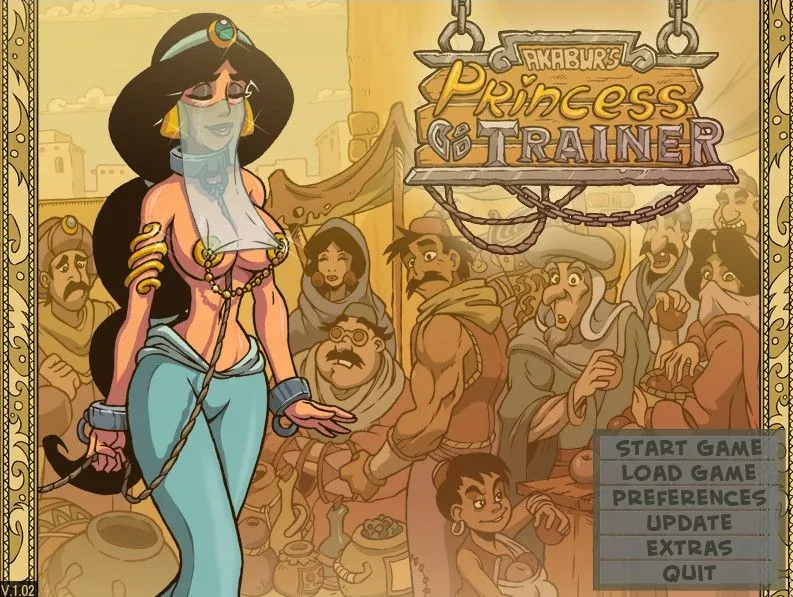
Strangers on Paper
Play Strangers on Paper
Strangers on Paper review
A Deep Dive into the Story-Driven Visual Novel
In the world of visual novels, ‘Strangers on Paper’ stands out as a story-driven experience where players navigate reconnecting with past acquaintances and helping them through their journey. Developed by Gloomy Ghost Studio, this game offers a unique blend of narrative depth and interactive choices. Let’s explore what makes ‘Strangers on Paper’ so compelling and how it engages players with its episodic storytelling.
Understanding the Game’s Narrative
The Storyline and Themes
Picture this: you’re sitting in a dimly-lit café ☕️, scrolling through your library when Strangers on Paper catches your eye. Instantly, you’re pulled into a world where every conversation feels like unearthing buried treasure 🗝️. This visual novel story-driven masterpiece revolves around two strangers—Ben and Sophie—whose lives collide through anonymous letters. Themes of loneliness, redemption, and the masks we wear in society aren’t just touched on; they’re dissected with surgical precision.
I remember my first playthrough: Sophie’s struggle with artistic burnout hit so close to home, I paused to journal my own creative fears ✍️. The game’s episodic storytelling structure (released in bite-sized chapters) mirrors TV dramas, letting tension simmer between sessions. Each episode peels back layers of Ben’s mysterious past and Sophie’s guarded present, making you question: How well do we truly know anyone?
What sets this apart? Narrative depth in games isn’t an afterthought here—it’s the engine. Flashbacks aren’t cheap exposition dumps; they’re emotional gut-punches timed like a thriller’s climax 🔥.
Character Development and Interactions
Hold up—let’s talk about Ben and Sophie 🧩. These aren’t NPCs spouting robotic dialogue; they’re messy, contradictory humans who evolve through your input. Early on, Sophie’s sarcasm shields vulnerability, while Ben’s charm hides trauma. Their growth? It’s sculpted by Strangers on Paper gameplay choices in subtle yet seismic ways.
During a late-night chat 💬, I chose to call out Ben’s evasiveness instead of comforting him. His walls crumbled, revealing a childhood memory that reshaped our entire dynamic! Moments like these showcase the game’s visual novel story-driven genius: interactions aren’t just “tap-through” fluff. You navigate:
– Trust-building mini-games (like collaboratively editing a poem ✒️)
– Tone shifts (sarcastic vs. sincere responses altering relationship paths)
– Silence as a weapon 🛑 (choosing not to react can speak volumes)
Characters remember your quirks too. Forget a birthday mentioned in Episode 2? It’ll haunt you in Episode 4. That’s narrative depth in games done right—where every pixelated sigh carries weight.
Impact of Player Choices
Okay, real talk: most games promise “your choices matter,” then deliver endings that differ only in color filters. Strangers on Paper? Your decisions fracture timelines like shattered glass 🪞. The player choice impact here isn’t about good/evil binaries—it’s about emotional calculus with permanent stakes.
Strangers on Paper gameplay forces you to live with ambiguity. Early on, you decide whether Sophie reveals her real name to Ben. Seems small? This single choice branches into:
– A tender slow-burn romance ❤️🔥
– A platonic creative partnership 🎨
– Or mutual distrust that derails the entire narrative 🚧
But the pièce de résistance? The intervention scene in Episode 5. Ben’s sister confronts him about his addiction, and you control Sophie’s role:
| Your Choice | Immediate Consequence | Long-Term Ripple |
|---|---|---|
| Defend Ben aggressively | He opens up but pushes his sister away | Lose access to family subplot |
| Mediate calmly | Sister storms out; Ben shuts down | Unlock hidden therapy sessions |
| Stay silent | Ben admits guilt alone later | Triggers a relapse arc |
I replayed this scene thrice, jaw on the floor each time 🤯. That’s player choice impact with teeth—where “right answers” don’t exist, only raw consequences. The game’s episodic storytelling lets these forks breathe, making replays feel like parallel dimensions.
🚨 Pro Tip: Save before major dialogues! Some pivots permanently lock content until new playthroughs.
Wrapping up? Strangers on Paper redefines visual novel story-driven design by treating your agency like sacred text 📜. Whether you’re orchestrating reconciliations or burning bridges, every tap echoes in the characters’ bones. This isn’t just interactive fiction—it’s a masterclass in how narrative depth in games can make pixels feel painfully human. Now if you’ll excuse me, I’m off to mend Ben’s broken trust… for the fifth time 😅.
In conclusion, ‘Strangers on Paper’ offers a captivating narrative experience with deep character development and impactful player choices. Its episodic structure and interactive elements make it a standout in the visual novel genre. For those interested in immersive storytelling, ‘Strangers on Paper’ is definitely worth exploring.













